Buddhists believe in karma, the cycle of rebirth… and building some truly epic temples.
The magnitude of these temples exemplifies the enhanced spirituality Buddhists feel for the teachings of Siddhartha Gautama (or Buddha, as he's more commonly known).
Buddha, meaning "the awakened one,” lived from 566 to 480 B.C. He was the son of a warrior king in India, and at first, he lived a pampered life. Yet, with age, he began to crave a deeper understanding of life’s true meaning.
His quest for an answer led him to meditate under a tree for an extreme amount of time—seven weeks —until he understood how to achieve salvation. Buddha then became a monk and his disciples began building temples that acted as physical metaphors for Buddhism.
For instance, temples built on the edge of Himalayan cliffs represent a heightened sense of faith. Cave temples have holes carved into the ceiling, which emit heavenly lights and a sense of spiritual serenity. One Buddhist temple even allows wild tigers to roam free, emphasizing their compassion for all living things.
To see these beautiful Buddhist symbols of spirituality, check out our below gallery and make sure to SHARE these soul-stirring images with anyone you feel is truly heavenly.
Tiger's Nest in Bhutan
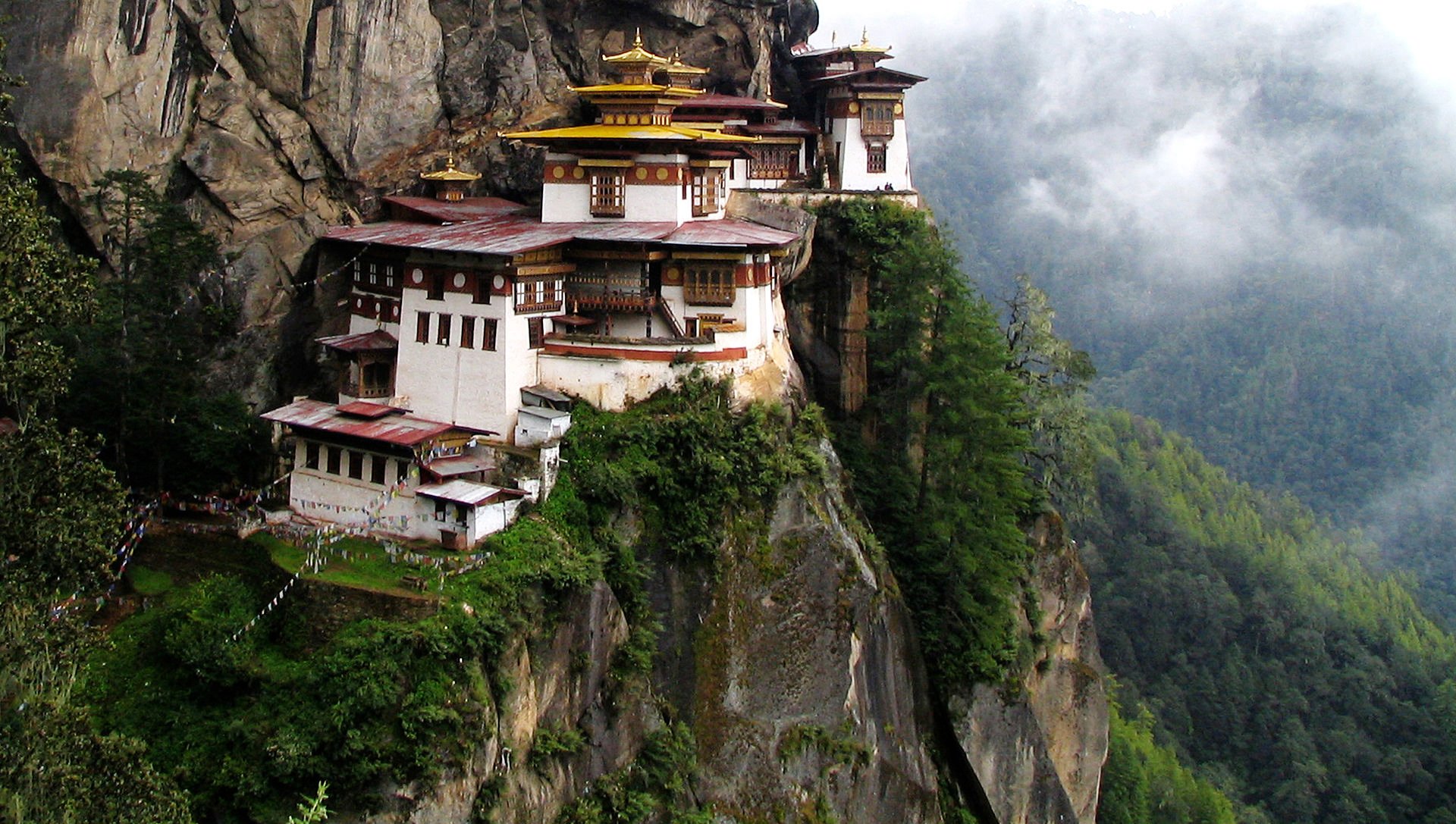
The Taktsang Palphug Monastery, also known as Tiger’s Nest, is a sacred temple nestled in the cliffs of the Himalayas. In the 8th century, the guru who introduced Buddhism to Bhutan meditated for three years, three months, three weeks, three days, and three hours near the spot where the temple was built in 1692.
Tian Tan Buddha in China
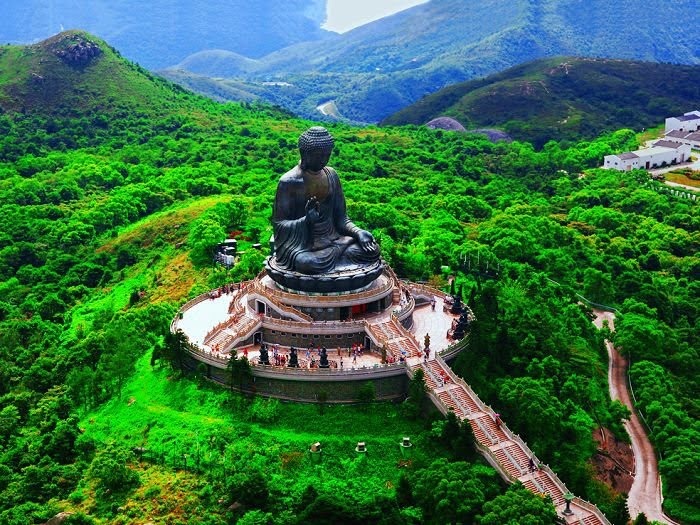
Known as “Big Buddha,” this statue is one of the largest Buddha statues in China. It sits on a lotus throne and is surrounded by six smaller bronze statues known as "The Offering of the Six Devas." These smaller statues offer flowers, incense, lamps, ointment, fruit, and music to the Buddha. The offerings symbolize charity, morality, patience, zeal, meditation, and wisdom, all of which are necessary to enter into nirvana.
Khao Luang Cave Temple in Thailand
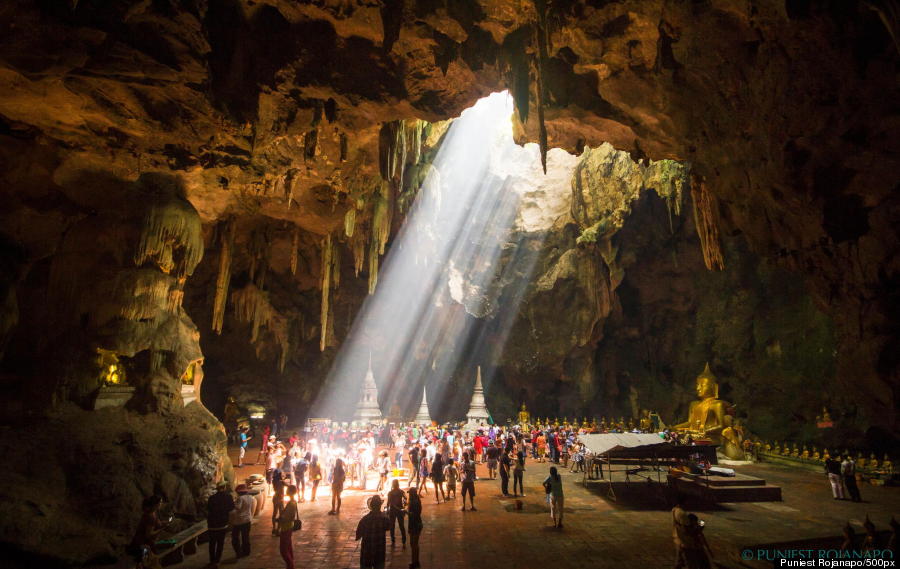
This temple in Phetburi, Thailand, is also located in a cave and draws its fair share of visitors.
Underwater Temple Garden in Bali
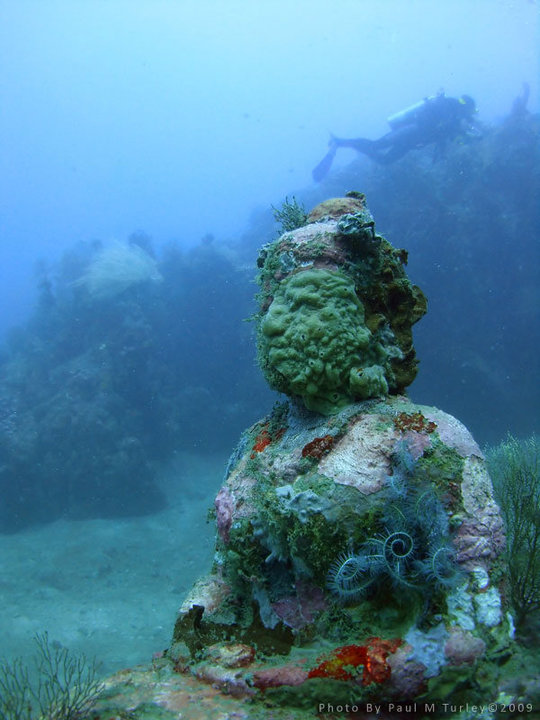
Created in 2005 as part of the Reef Gardeners project, the Underwater Temple Garden is located off the coast of Bali and attracts the most devoted of Buddhists… and the most intrigued of divers.
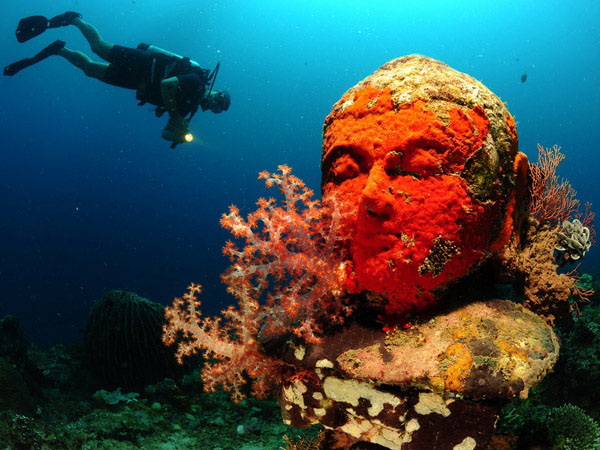
Talk about a spiritual experience!
Badami Cave Temple in India
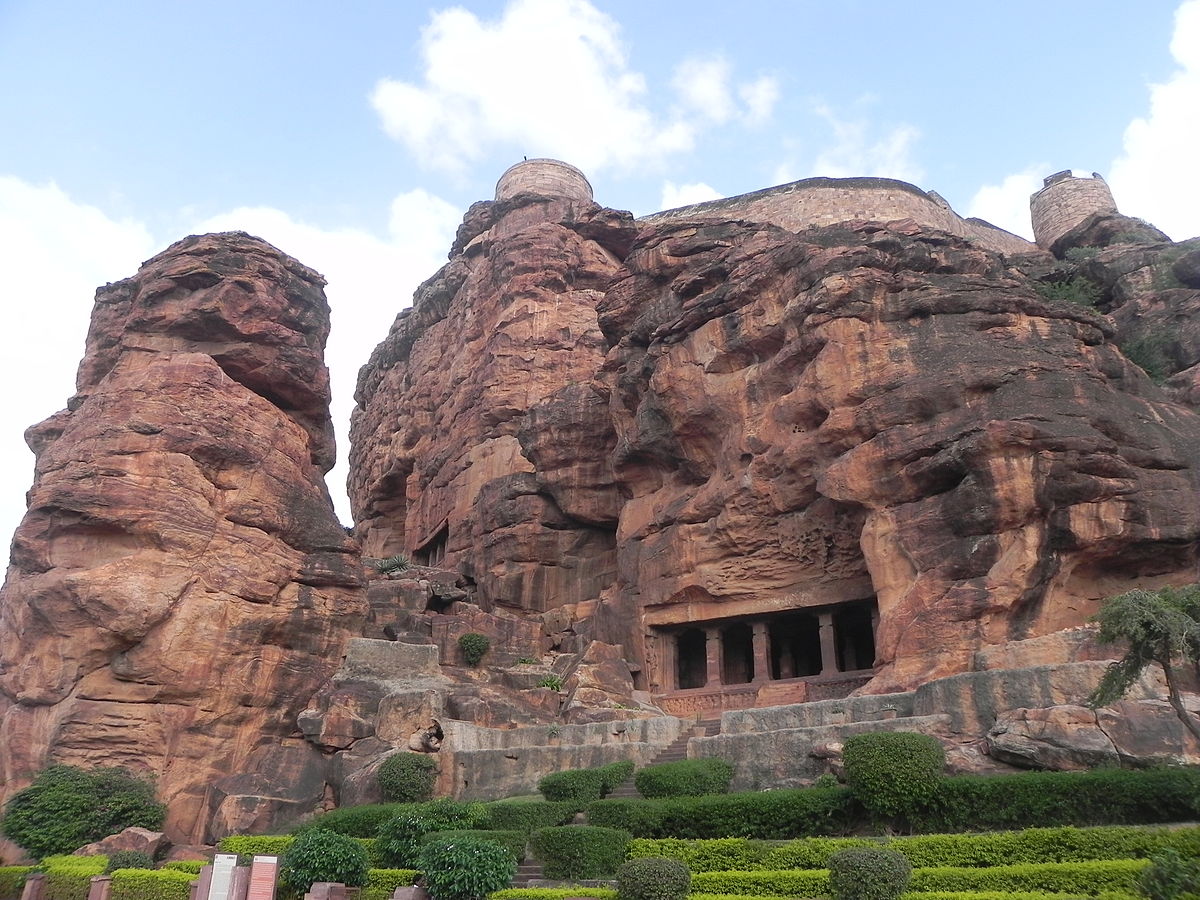
This temple located in Badami, a town in the Bagalkot District in the north part of Karnataka, India, is literally carved out of the side of a mountain.
Popa Taung Kalat in Burma
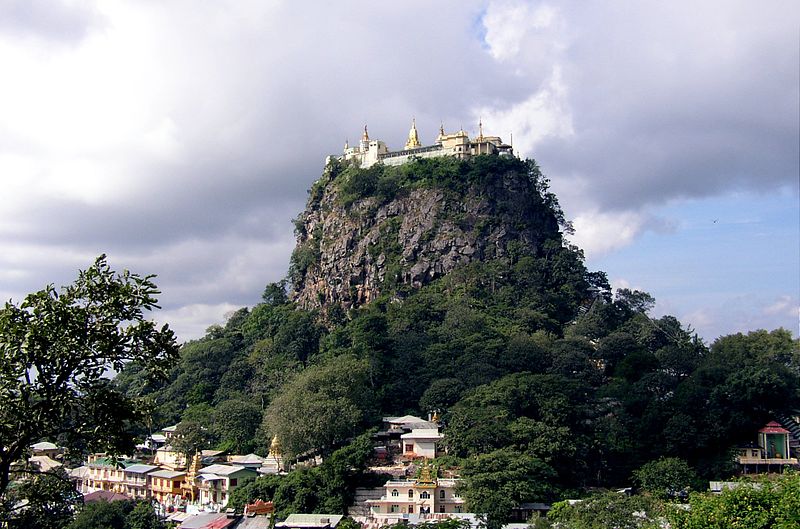
This Buddhist monetary is perched on the lip of a volcano plug in Burma. But the temple isn’t the only thing that presides over this oasis in the sky—macaque monkeys populate the area around the temple as well, and have become quite a tourist attraction.
Datdawtaung Cave Temple in Myanmar
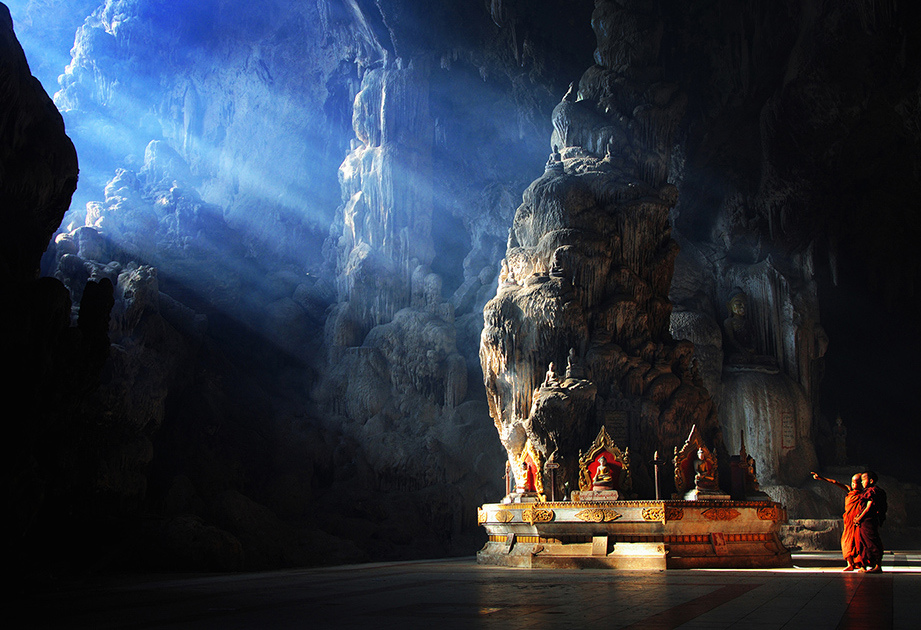
This gorgeous temple in Mandalay region, Myanmar is actually located inside of a cave.
Lion’s Rock in Sri Lanka
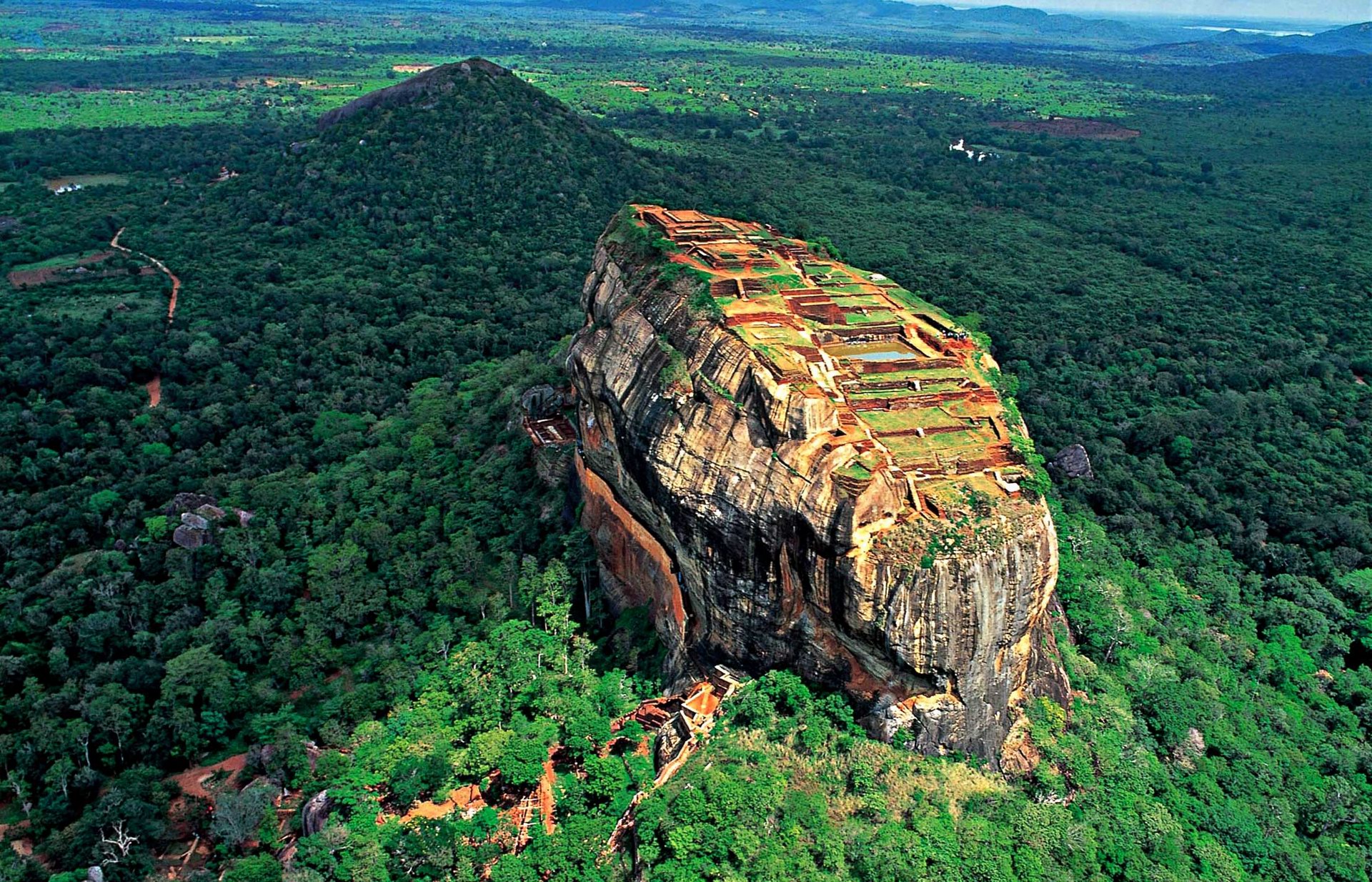
In the 5th century, monarch King Kasyapa deemed this rock “Sigiriya,” or “Lion’s Rock,” and made it his capitol. He built a palace on the top of this rock and on a small mid-point plateau, then built a gateway in the form of an enormous lion called “Lion’s Gate.”
The Lion's Gate on Lion's Rock
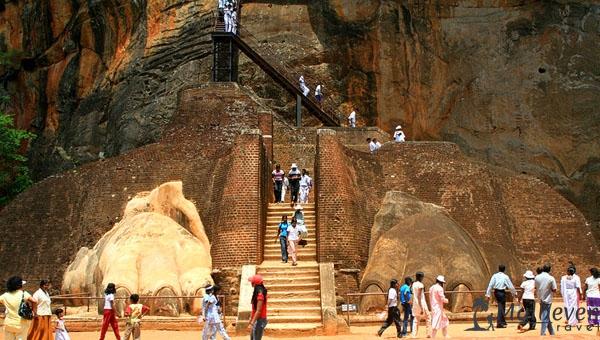
The capitol and the royal palace were abandoned after the king's death. It was used as a Buddhist monastery until the 14th century.
Ta Prohm Temple in Cambodia
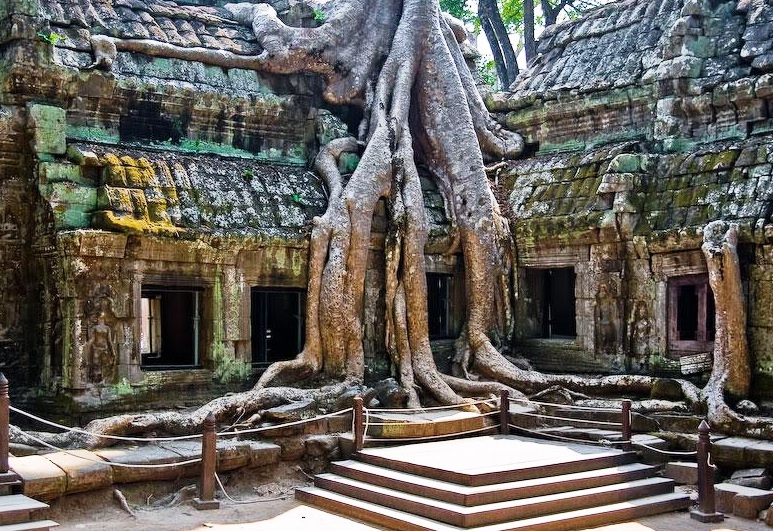
Ta Prohm was founded in the late 12th and early 13th centuries, and was meant to be a Mahayana Buddhist monastery and university. It was later abandoned and trees began to grow out of the ruins, making it one of Angkor's most popular temples with visitors.
Kek Lok Tong Temple in Malaysia
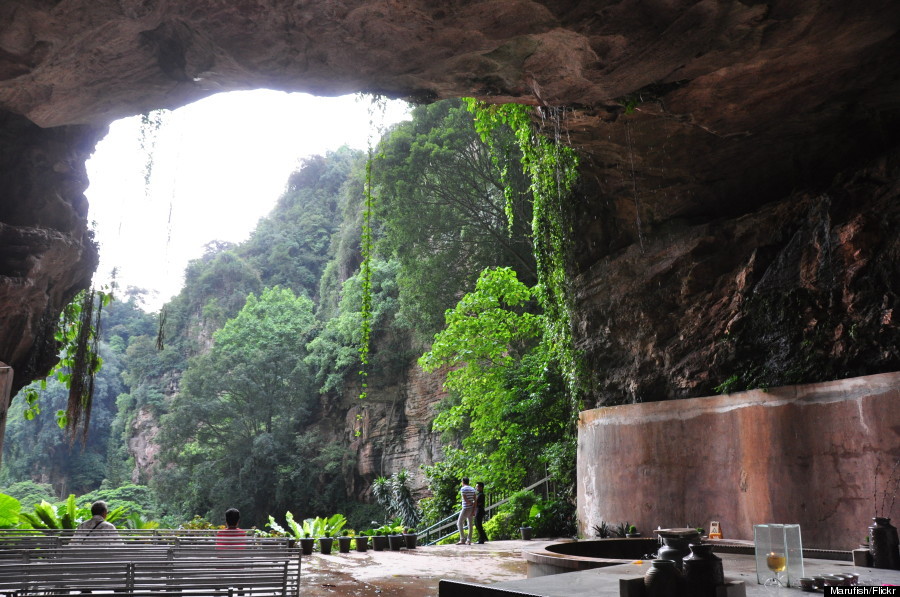
Kek Lok Tong in Guning Rapat literally means “Cave of Ultimate Bliss” (or Great Happiness), and many who have visited claim that the cave temple does put a smile upon their faces, making it a favorite among Ipoh's many glorious cave temples.
White Temple in Thailand
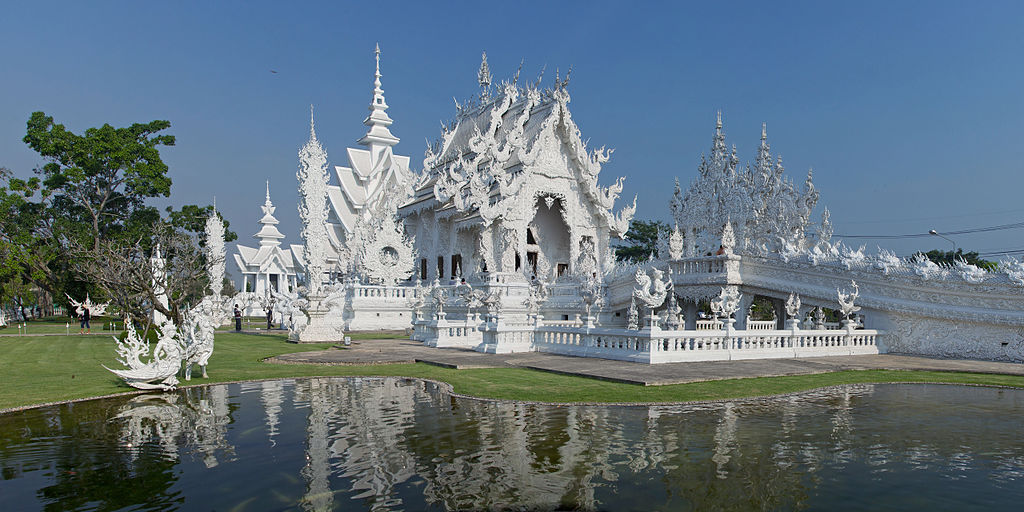
By the end of the 20th century, the original Wat Rong Khun was falling apart. That’s when a local artist named Chalermchai Kositpipat from Chiang Rai decided to completely rebuild the temple and fund the project with his own money. He has, to say the least, eclectic taste.
A Closer Look At The White Temple
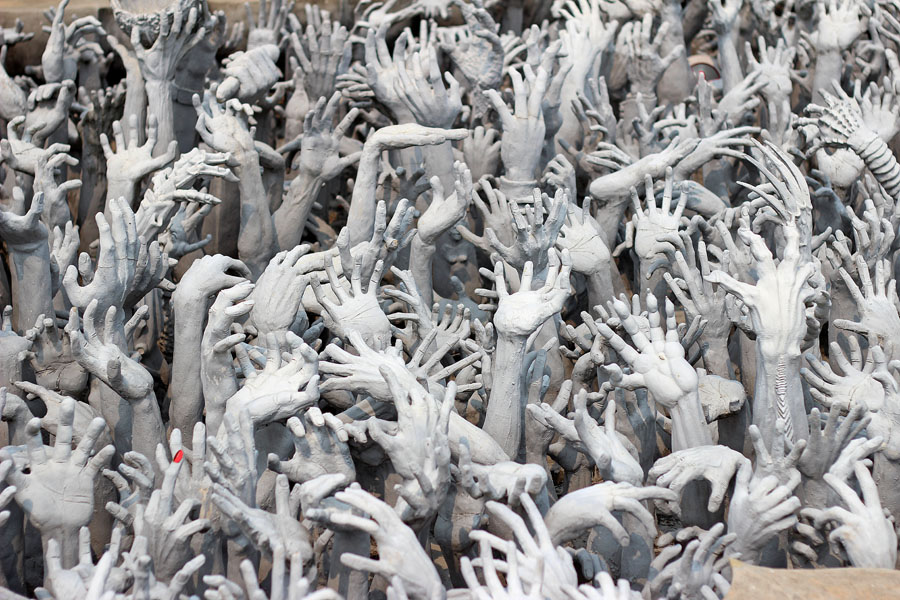
In order to reach the entrance of the main building at this temple, you must first pass over the bridge of "the cycle of rebirth." In front of the bridge are hundreds of outreaching hands that symbolize unrestrained desire. Other objects around the temple include half-human, half-bird creatures, lots of skulls, and an octopus balancing a bottle of whiskey on his head.
Tiger Temple In Thailand
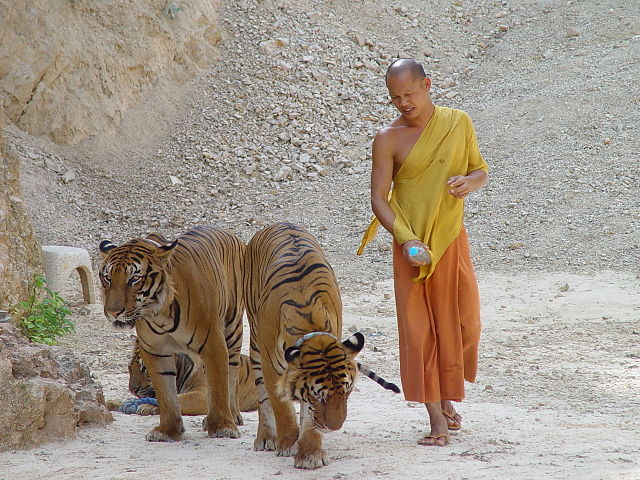
Wat Pha Luang Ta Bua, better known as Tiger Temple, is located in the Saiyok district of Kanchanaburi. Founded in 1994, it acts as a sanctuary for Indochinese tigers, and yes, monks walk freely with some of the large cats. Currently 135 tigers live there.
Yinhe Waterfall Cave Temple in Taiwan
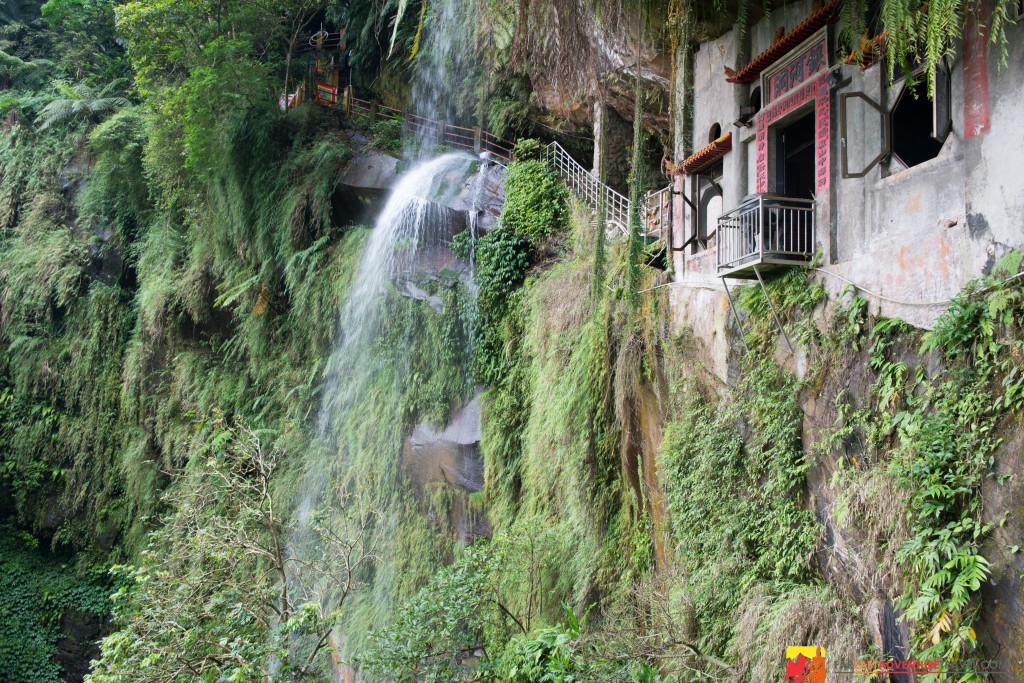
Located in Taipei, Yinhe Cave Temple is a Buddhist temple built into a cliff next to a waterfall, exemplifying extreme beauty.
Don't forget to SHARE these breathtaking temples with everyone you know!




